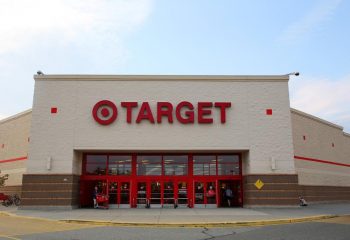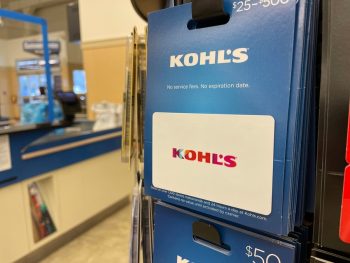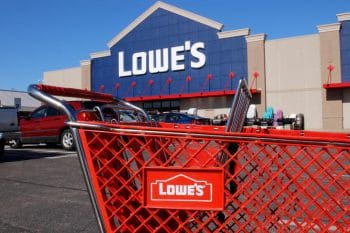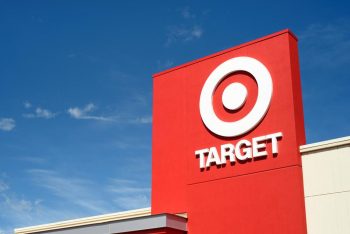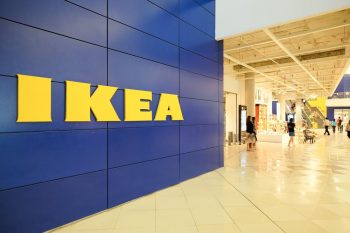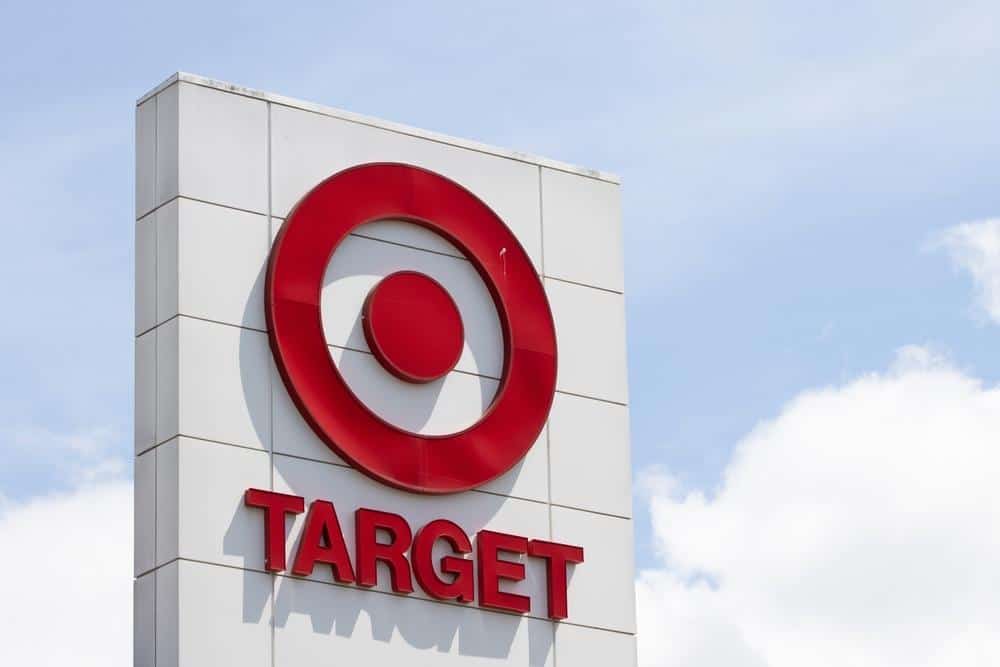
In the ever-competitive world of retail, understanding the market landscape is crucial for both businesses and consumers. For a retail giant like Target Corporation, the competition is vast and varied. This article will delve into who exactly are Target’s competitors and how they shape the retail industry.
Target’s main competitors include Walmart, Amazon, Costco, The Kroger Company, Home Depot, Sam’s Club, Lowe’s, Best Buy, Dollar General, Dollar Tree, and Aldi. These companies compete with Target in various retail segments, including groceries, home improvement, electronics, and discount retail. The competition is based on factors such as product offerings, pricing, marketing strategies, and target customer groups.
Understanding the Retail Landscape
Target Corporation, one of the largest retailers globally, competes with several major companies in the retail industry. From grocery giants to online marketplaces, the competition is fierce and multi-faceted. Some of Target’s top competitors include:
- Walmart
- Amazon
- Costco
- The Kroger Company
- Home Depot
- Sam’s Club
- Lowe’s
- Best Buy
- Dollar General
- Dollar Tree
- Aldi
A Closer Look at Target’s Competitors
- Walmart: Walmart is considered the top competitor for Target due to its expansive merchandise offerings and strong financial position. It operates on a business model emphasizing the lowest prices possible.
- Amazon: Amazon is a dominant player in the e-commerce space, providing a vast selection of products at competitive prices. Its acquisition of Whole Foods has also made it a significant player in the grocery segment.
- Costco: Costco is a membership-based warehouse club offering a wide variety of products, often in bulk quantities, at wholesale prices.
- The Kroger Company: Kroger competes in the grocery segment, with a large number of stores across the United States.
- Home Depot and Lowe’s: Both Home Depot and Lowe’s are home improvement retailers that compete with Target in certain product categories.
- Best Buy: As an electronics retailer, Best Buy competes with Target in electronics and appliances segments.
- Dollar General and Dollar Tree: These discount stores offer lower-priced products, attracting customers looking for more affordable options.
- Aldi: This German discount supermarket chain competes with Target in the grocery segment.
The Factors at Play
The primary factors putting these businesses in direct competition with Target include product or service offerings, target customer groups, pricing, marketing and promotional strategies, and geographic location. They all aim to attract and retain the same set of customers, making the retail industry highly competitive.
How Target Stands Out
Target differentiates itself from its key competitors through its focus on customer experience, unique assortment, sustainability, inclusivity, and competitive pricing. They offer a mix of unique owned brands and curated leading national brands. Their corporate strategy, Target Forward, aims to create an equitable and regenerative future. They’ve committed to spending more than $2 billion with Black-owned businesses by 2025.
The Market Share Landscape
As of Q2 2023, Target Corporation holds a market share of 10.45%. Some of its top competitors and their respective market shares are as follows:
- Amazon: 24.16%
- Berkshire Hathaway: 14.58%
- Costco Wholesale Corp: 10.63%
These market shares are based on the companies’ revenues for Q4 2022. It’s important to note that these competitors operate in different segments of the retail industry, and their market shares may vary depending on the specific product or service category.
Upcoming Challenges for Target
Target’s upcoming challenges and threats from these competitors include the ongoing shift towards online shopping, price wars among discount retailers, and the increasing popularity of membership-based shopping models.
In conclusion, Target operates in a highly competitive landscape with several major players. Understanding its competitors allows us to appreciate the strategies and business decisions that Target employs to remain a dominant player in the retail industry.
Frequently Asked Questions
What is Target’s business model?
Target operates on a general merchandise retailer business model. It offers a wide variety of products, including household essentials, apparel, home furnishings, electronics, toys, and groceries. The company aims to provide high-quality products at competitive prices, along with a superior shopping experience both in-store and online.
How does the performance of Target’s competitors affect Target’s business?
The performance of Target’s competitors directly impacts the company’s business. If competitors offer better prices, products, or services, customers may choose to shop there instead of at Target. On the other hand, if Target can differentiate itself by offering unique products or superior service, it can attract customers from its competitors.
Does Target have any international operations?
Yes, in addition to its U.S. operations, Target has international operations in India. However, it’s important to note that the company’s international presence is not as extensive as some of its competitors like Walmart and Amazon, which have a significant global footprint.
What is Target’s market share in the online retail segment?
As of 2022, Target’s e-commerce market share in the U.S. is around 1.2%. While the company has significantly grown its online sales, it still lags behind e-commerce giants like Amazon.
What are some of Target’s unique owned brands?
Target offers a variety of unique owned brands, which include Cat & Jack (kids’ apparel), Threshold (home decor), Opalhouse (eclectic home decor), Good & Gather (grocery), and Universal Thread (women’s denim and apparel), among others. These brands are exclusive to Target, offering unique value to customers.




